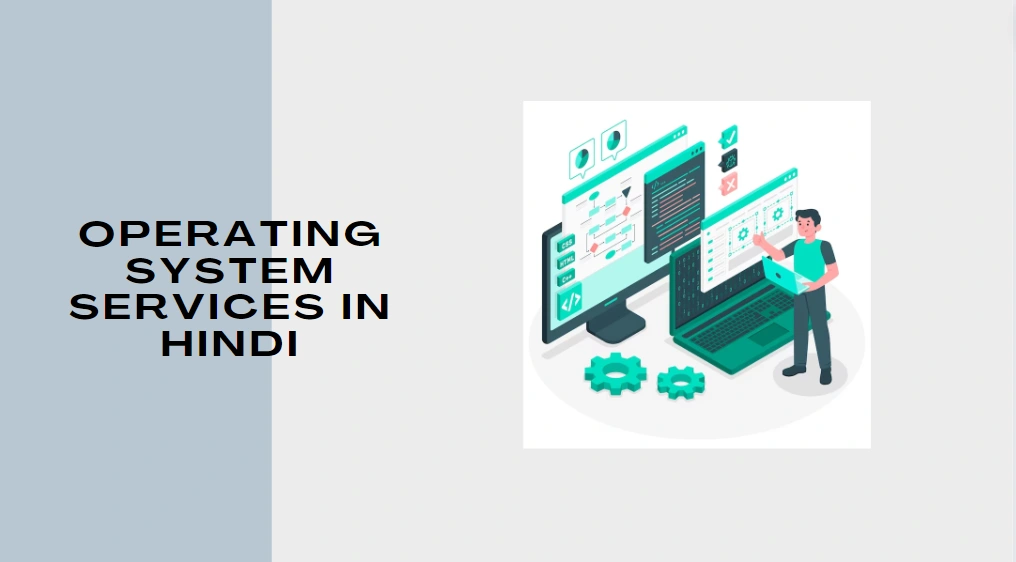What is a Denial of Service Attack?
What is a Denial of Service Attack?
Denial of Service Attack – In the realm of cybersecurity, a denial of service (DoS) attack is a malicious attempt to disrupt the normal functioning of a computer network, service, or website by overwhelming it with an excessive amount of traffic or resource requests. These attacks aim to make the targeted system or network unavailable to its intended users, causing inconvenience, financial losses, or even reputational damage. In this article, we will delve deeper into the world of DoS attacks, exploring their various types, common techniques used, impact, and mitigation strategies.
Denial of Service Attack

Cybersecurity has become an increasingly important concern in today’s interconnected digital world, where businesses rely heavily on the internet for their operations. One of the significant threats organizations and individuals face is the denial of service attack. This form of cyber attack disrupts the availability of services and can have severe consequences.
Definition
A denial of service attack occurs when an attacker deliberately floods a network, system, or application with excessive traffic or resource requests, rendering it unable to respond to legitimate user requests. The primary goal of such an attack is to exhaust the target’s resources, causing it to slow down significantly or crash altogether.
Types of DoS Attacks
DoS attacks can manifest in different forms, targeting various layers of the network infrastructure. Let’s explore the three main types of DoS attacks:
1. TCP/IP DoS Attacks
These attacks exploit vulnerabilities in the TCP/IP protocol suite to overload network resources or exhaust server processing capacity. The attacker sends a flood of connection requests, overwhelming the target’s ability to handle them. SYN flood attacks, which flood the target with TCP connection requests, are a common example of TCP/IP DoS attacks.
2. Application Layer DoS Attacks
Application layer DoS attacks target specific vulnerabilities in web applications, exploiting weaknesses in the application’s logic or resource management. By sending a large number of requests that require significant processing or memory, the attacker aims to exhaust the target’s resources. For example, an HTTP flood attack bombards a web server with a high volume of HTTP requests, effectively incapacitating it.
3. Distributed DoS Attacks
Distributed denial of service (DDoS) attacks harness the power of multiple compromised devices, forming a botnet that simultaneously bombards the target with traffic. This coordinated effort amplifies the attack’s impact, making it more challenging to mitigate. Attackers often use botnets to execute massive DDoS attacks against high-profile targets.
Common DoS Attack Techniques
DoS attacks commonly employ several techniques to overwhelm a target’s resources. Let’s explore a few of the most prevalent techniques:
1. SYN Flood
In a SYN flood attack, the attacker exploits the three-way handshake process of the TCP protocol. By sending a large number of SYN packets without completing the handshake, the attacker consumes the target’s resources, leaving no room for legitimate users to establish connections.
2. UDP Flood
UDP flood attacks flood the target with User Datagram Protocol (UDP) packets, overwhelming its capacity to process them. Since UDP is a connectionless protocol, the attacker can send packets without any prior handshake, making this technique highly effective.
3. ICMP Flood
ICMP flood attacks exploit the Internet Control Message Protocol (ICMP) to flood the target with ICMP Echo Request (ping) packets. The target’s resources are consumed as it attempts to respond to each ping, rendering it unresponsive to legitimate traffic.
4. HTTP Flood
HTTP flood attacks target web servers by bombarding them with a massive volume of HTTP requests. This technique exhausts the server’s processing power and bandwidth, making it difficult for legitimate users to access the website or web application.
Impact of DoS Attacks
DoS attacks can have severe consequences for individuals and organizations alike. The impact varies depending on the nature and scale of the attack. Some common impacts include:
- Financial losses due to disrupted business operations
- Damage to an organization’s reputation and customer trust
- Deterioration of user experience and loss of potential customers
- Increased costs associated with implementing countermeasures and recovery
- Legal and regulatory consequences in cases where sensitive data is compromised
Mitigation Techniques
To protect against DoS attacks, various mitigation techniques can be employed. Let’s explore a few effective strategies:
1. Network-level Mitigation
At the network level, organizations can implement measures such as firewalls, intrusion detection systems (IDS), and load balancers to filter and manage incoming traffic. Additionally, rate limiting, traffic shaping, and blacklisting can help identify and block malicious traffic.
2. Application-level Mitigation
At the application level, employing robust coding practices, implementing secure authentication mechanisms, and incorporating rate limiting or captcha mechanisms can help prevent application layer DoS attacks. Regular vulnerability assessments and patch management are crucial for maintaining the security of web applications.
3. Cloud-based Mitigation
Cloud-based solutions can provide scalable and resilient protection against DoS attacks. Content delivery networks (CDNs) and cloud-based DDoS protection services offer advanced traffic filtering, automatic traffic diversion, and real-time threat intelligence, helping organizations mitigate the impact of attacks.
Conclusion
Denial of service (DoS) attacks pose a significant threat to the availability and functionality of computer networks, services, and websites. Understanding the types of DoS attacks, their common techniques, and the potential impact is crucial for organizations to effectively protect themselves. By implementing robust network-level and application-level mitigation techniques and leveraging cloud-based solutions, organizations can enhance their resilience against DoS attacks and maintain uninterrupted services for their users.
FAQs
How can I determine if my network is under a DoS attack?
If you notice a significant decrease in network performance, unresponsiveness of critical services, or an abnormal surge in network traffic, it could be an indication of a DoS attack. Implementing network monitoring tools and anomaly detection mechanisms can help identify and respond to such attacks promptly.
Can DoS attacks cause permanent damage to my system or network?
While DoS attacks can disrupt services and cause temporary unavailability, they typically do not cause permanent damage to the system or network. However, it’s crucial to have proper mitigation strategies in place to minimize the impact and ensure timely recovery.
Are all DoS attacks executed by skilled hackers?
No, not all DoS attacks require advanced hacking skills. With the availability of simple-to-use attack tools and botnets for hire, even individuals with limited technical knowledge can launch DoS attacks. This accessibility makes it even more important to implement robust security measures.
Can a DDoS attack be completely prevented?
Preventing a DDoS attack entirely is challenging due to the distributed and coordinated nature of such attacks. However, organizations can significantly mitigate their impact by leveraging specialized DDoS protection services and implementing traffic filtering mechanisms.
How often should I test my systems against DoS attacks?
Regular testing is essential to identify vulnerabilities and ensure the effectiveness of mitigation strategies. Conducting periodic penetration tests and vulnerability assessments, along with staying updated on emerging threats, helps organizations stay proactive in their defense against DoS attacks
ये पोस्ट भी पढ़ें
How to check Bank Account Balance by SMS In Hindi
SIM-Swap Fraud क्या होता है, इससे कैसे बचें और किन किन बातों का ध्यान रखें
What is SEO and how does it work?
PNG to WebP Convert: A Quick Guide to Optimize Your Images for the Web – 2023
What is the time zone, 24 types of time zones and how they are calculated?



